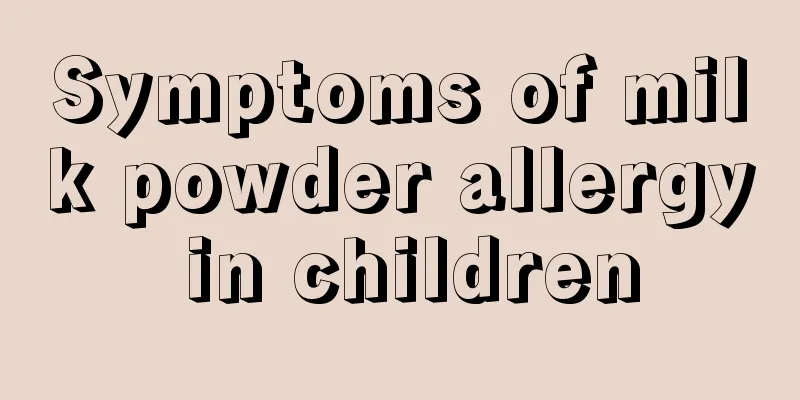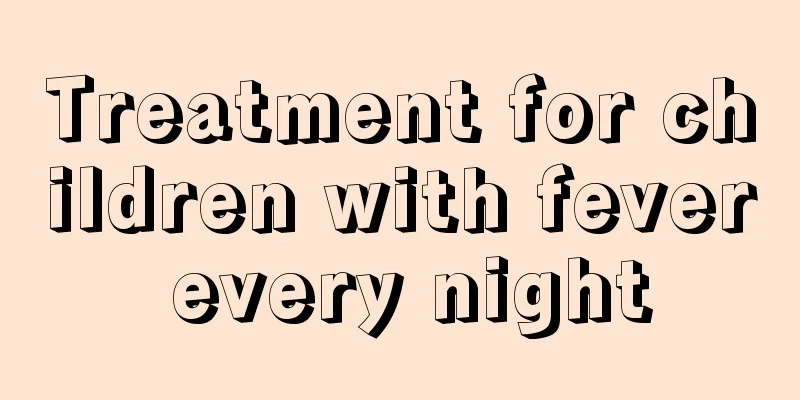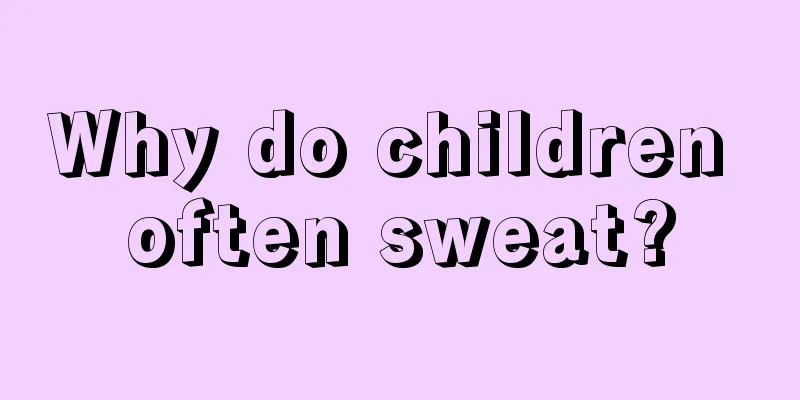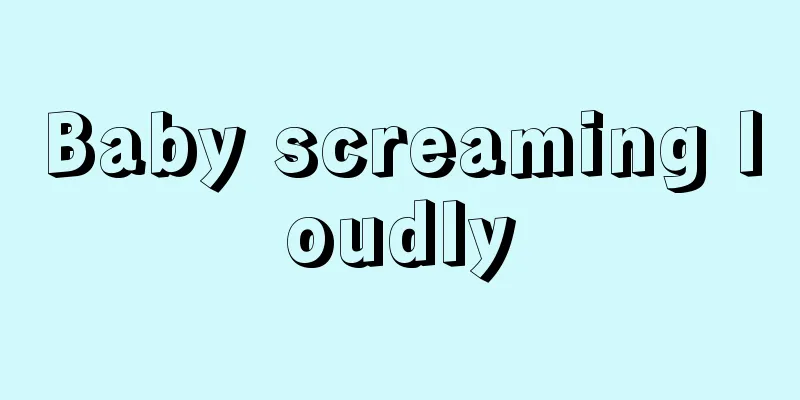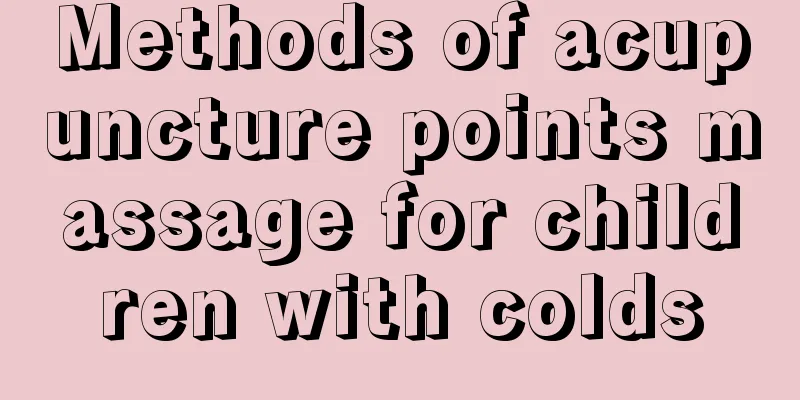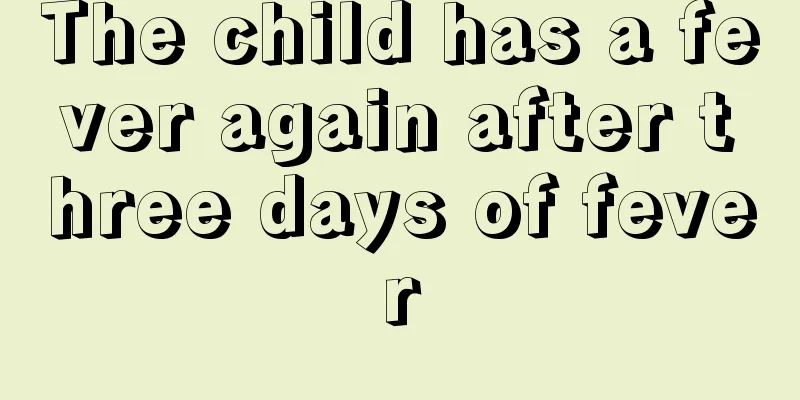How to tell if your baby has a cold
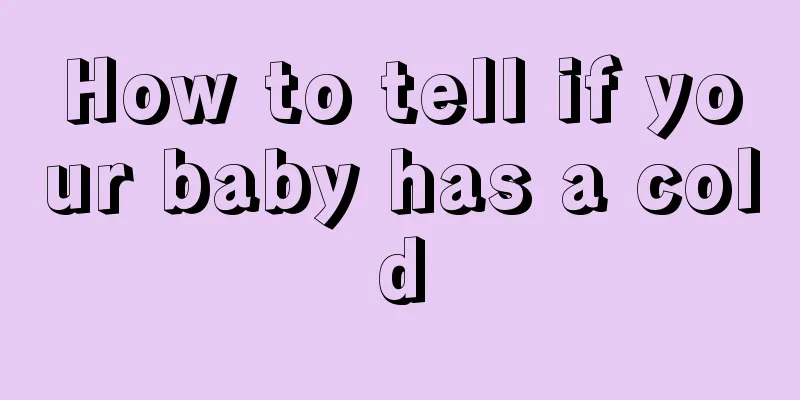
|
Babies are more likely to have nasal congestion. Generally, babies less than six months old are not prone to catching a cold. However, some careless mothers cause their babies to catch a cold before they are less than six months old. At this time, you should go to the hospital in time and use some pediatric medicines under the guidance of a doctor. Do not give your child medicine blindly. Children are young and their resistance is too poor. Some medicines will cause side effects. Colds are mostly caused by nasal congestion, sneezing, and watery eyes due to cold, and are not necessarily accompanied by fever. Colds are the most common type of acute upper respiratory tract viral infection, and are mostly self-limiting, but the incidence rate is high. Measure the body temperature frequently. If the temperature does not exceed 37.3°C, it is normal. You can add boiled water between two feedings. If the baby just has tears, nasal congestion, and sneezing, you can let the baby drink more water. Pay attention to keep warm and feed children's cold granules to improve symptoms if necessary. Colds are mostly caused by nasal congestion, sneezing, and watery eyes due to cold, and are not necessarily accompanied by fever. Colds are the most common type of acute upper respiratory tract viral infection, and are mostly self-limiting, but the incidence rate is high. Measure the body temperature frequently. If the temperature does not exceed 37.3°C, it is normal. You can add boiled water between two feedings. If the baby just has tears, nasal congestion, and sneezing, you can let the baby drink more water. Pay attention to keep warm and feed children's cold granules to improve symptoms if necessary. There are many reasons for nasal congestion. In addition to the stimulation of cold air, diseases such as the common cold or influenza, measles, scarlet fever, rhinitis, sinusitis, adenoids hypertrophy, etc. can all cause nasal congestion. Increase the indoor temperature appropriately to a comfortable level, not too hot. You can hold your baby upright and let him/her sleep on his/her side. 3 ways to relieve baby’s nasal congestion: Raise the indoor temperature to a comfortable level, not too hot. Hold your baby upright and let him/her sleep on his/her side. Try placing a hot, wet washcloth around the base of your baby's nose. If this does not provide relief, you can nebulize or rinse your nose with saline solution. If nasal congestion persists, you can use anti-allergic drugs. In case of acute and severe nasal congestion, be sure to use low-concentration 0.5% ephedra or oxymetazoline hydrochloride nasal drops under the guidance of a doctor. If a child has nasal congestion and rhinitis or sinusitis at the same time, nasal hormones can be used to relieve the symptoms. If these treatments are ineffective, the cause of the nasal congestion should be re-examined to rule out special circumstances such as foreign bodies in the nose, and surgical treatment may be required if necessary. |
<<: White spots on the face of a full-month baby
Recommend
Symptoms of cockroach bites
If the indoor hygiene is not clean, many insects ...
What should I do if my baby has phimosis? These methods solve
If a child is found to have phimosis, there are c...
What should I do if my baby's eczema keeps coming back?
Eczema is a skin disease that can easily occur in...
Weight loss method for children aged 9 years
The body of a nine-year-old child is in the begin...
The child coughs and has bleeding spots on his face
When a child coughs, there are bleeding spots on ...
The reason why red bumps grow on baby's hands
There are many reasons why babies get red spots o...
One-month-old baby farts but doesn't poop
It is quite common for newborn babies who have ju...
Diet therapy for breast hyperplasia in children
Breast hyperplasia is a very common gynecological...
Tips for baby's four-month-old food accumulation
Under normal circumstances, four-month-old babies...
What causes insomnia in children?
Adults are very prone to insomnia due to work pre...
How long is the best time for babies to swim?
Swimming is a favorite choice of many people nowa...
What to do if children have visual fatigue
Many children suffer from visual fatigue because ...
Height and weight of a seven-year-old boy
Seven-year-old boys are in a golden stage of grow...
How to comb your child's hair to look good
If there is a baby girl at home, the mother alway...
Why does my baby always squint his eyes?
When parents are taking care of their babies, the...
